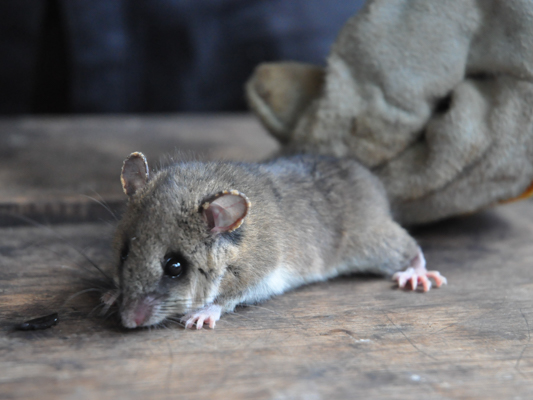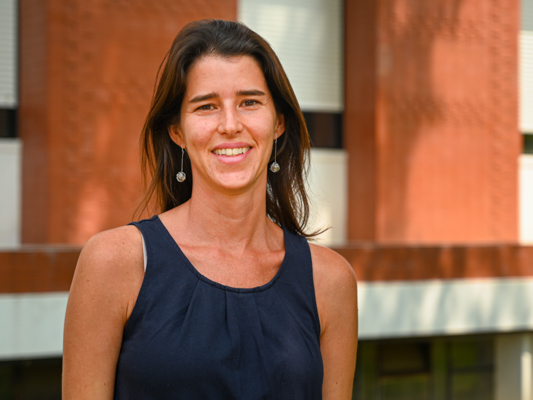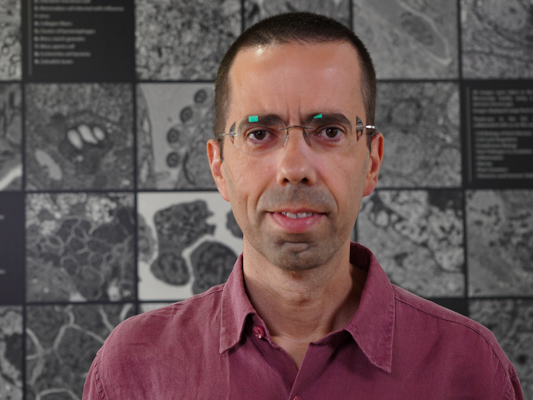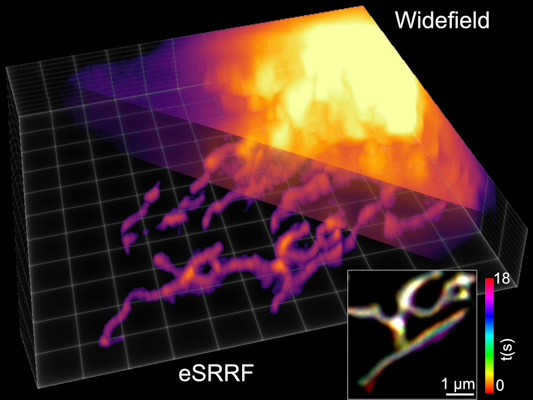
Epigenetic Mechanisms
The genome is propagated through cell division by duplication of a full set of chromosomes followed by the faithful separation of each chromosome copy into two new daughter cells during mitosis. In addition, so-called “epigenetic” chromosome structures that maintain functional chromosomes and that “memorize” the transcriptional state of a cell lineage are also maintained through mitotic and sometimes even meiotic divisions.
Although the mechanism of DNA inheritance has been worked out decades ago, how the more fluid epigenetic information is maintained in time is not understood. In our lab, www.jansenlab.org we focus on chromatin, the protein DNA complex that packages DNA. We ask whether histone proteins, which make up the nucleosome, can carry “memory” of gene expression or chromatin structure.
Researchers approach the problem by:
1) taking aim at the human centromere, a locus connecting chromosomes to the mitotic spindle during mitosis. This chromatin domain is a paradigm for epigenetic inheritance as it is defined by unique self-templating chromatin proteins.
Further,
2) focus on long-term transcriptional memory in human cells to define the role of chromatin in epigenetic maintenance of gene expression.
Finally,
3)with the aim to discover the role of heritable gene expression on evolutionary adaption in yeast populations. Note that while me maintain an affiliation with the IGC, our lab is located at the University of Oxford, Department of Biochemistry. If you are interested in our lab please see our lab page at www.jansenlab.org or at www.bioch.ox.ac.uk/research/jansen
Publications




